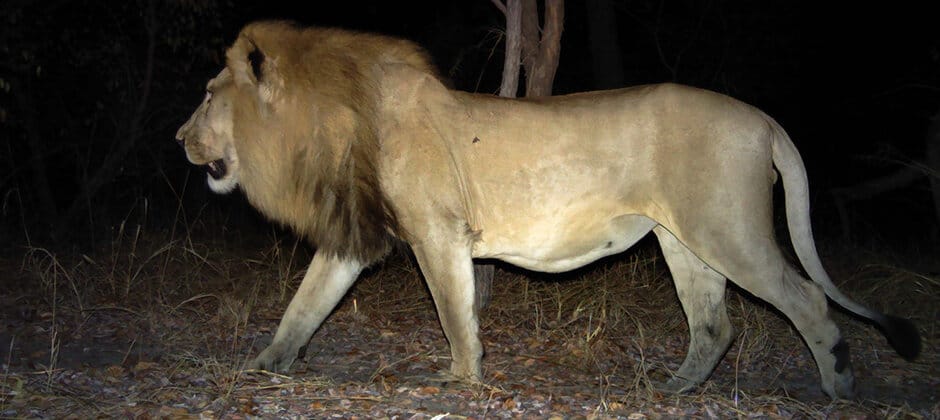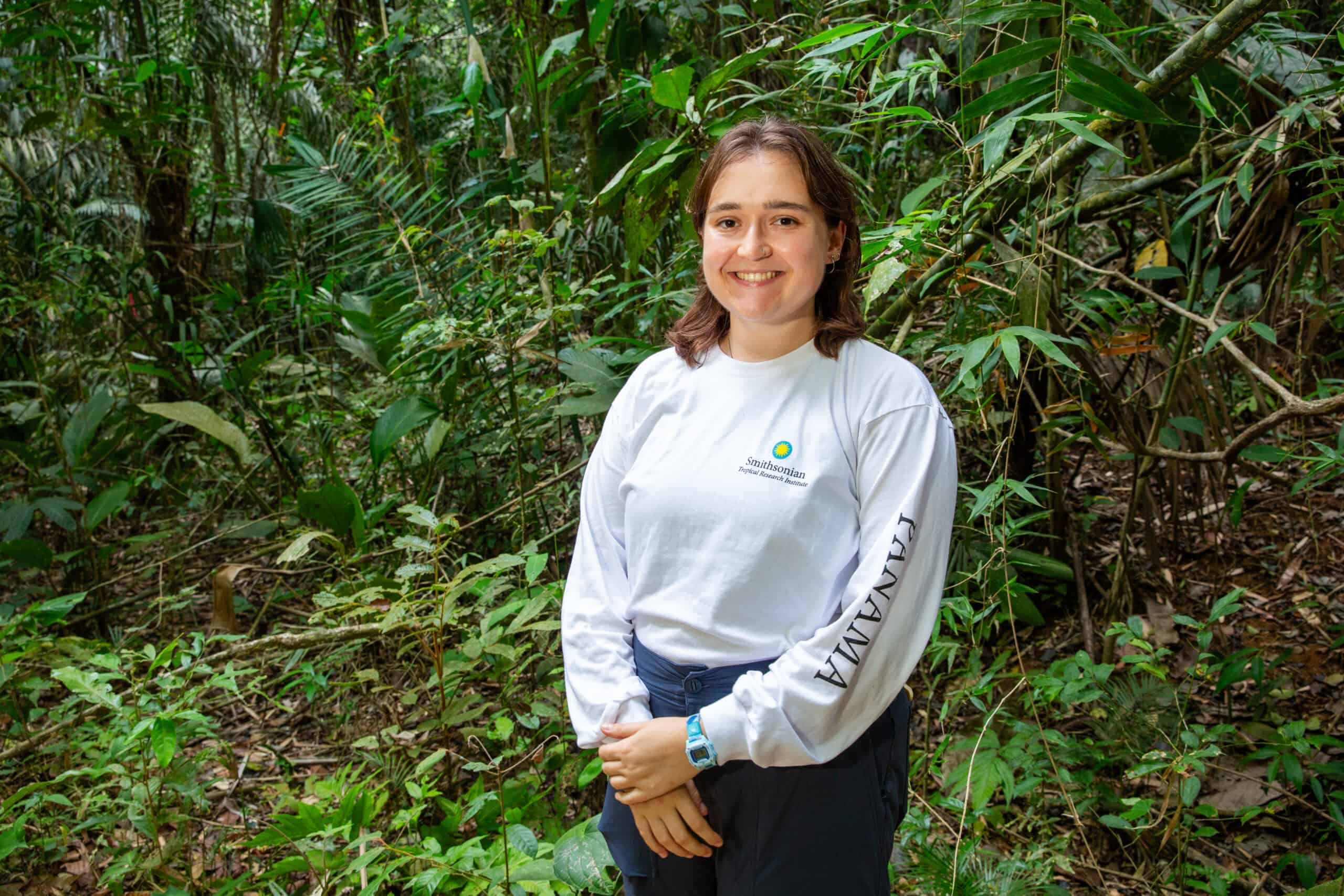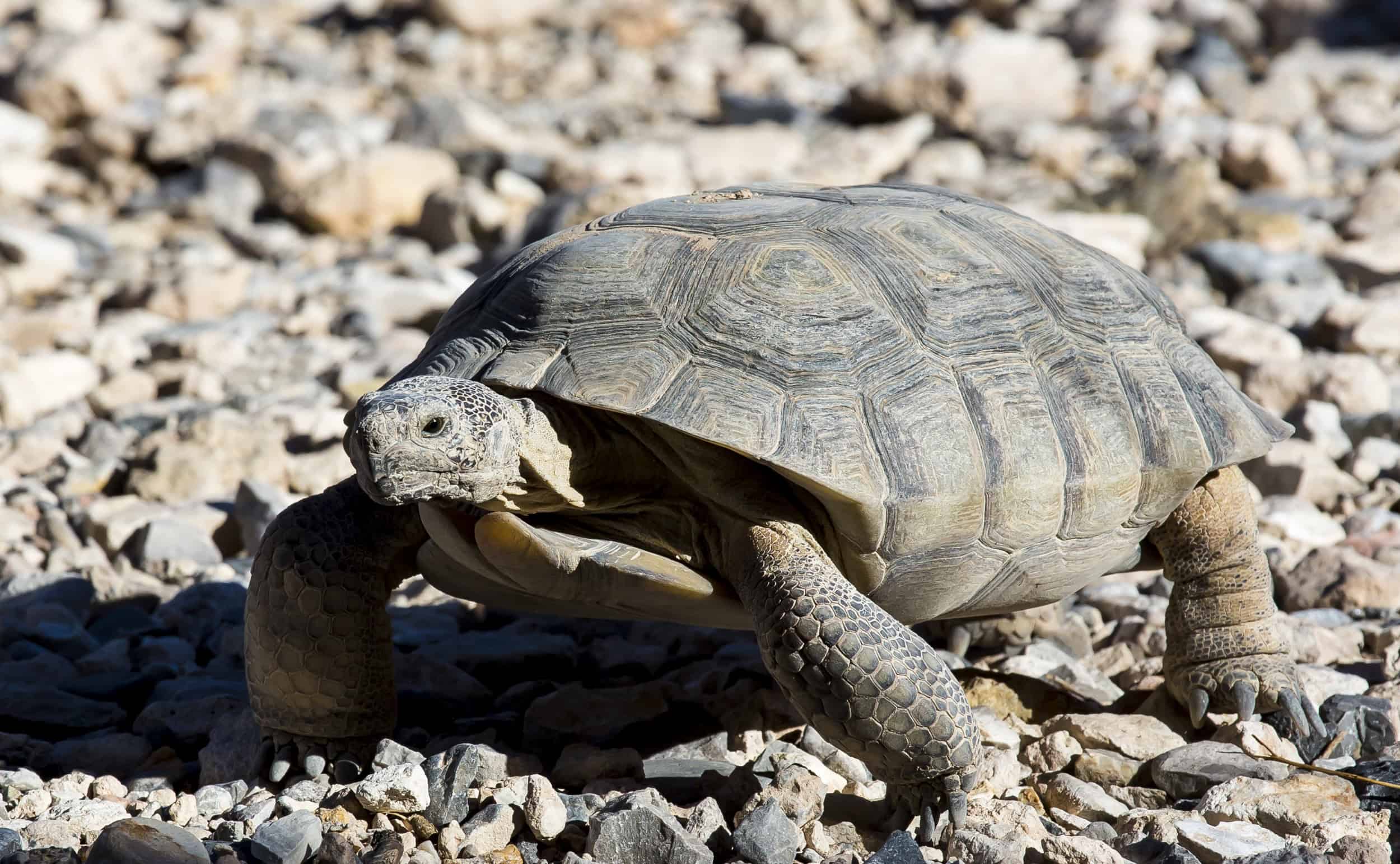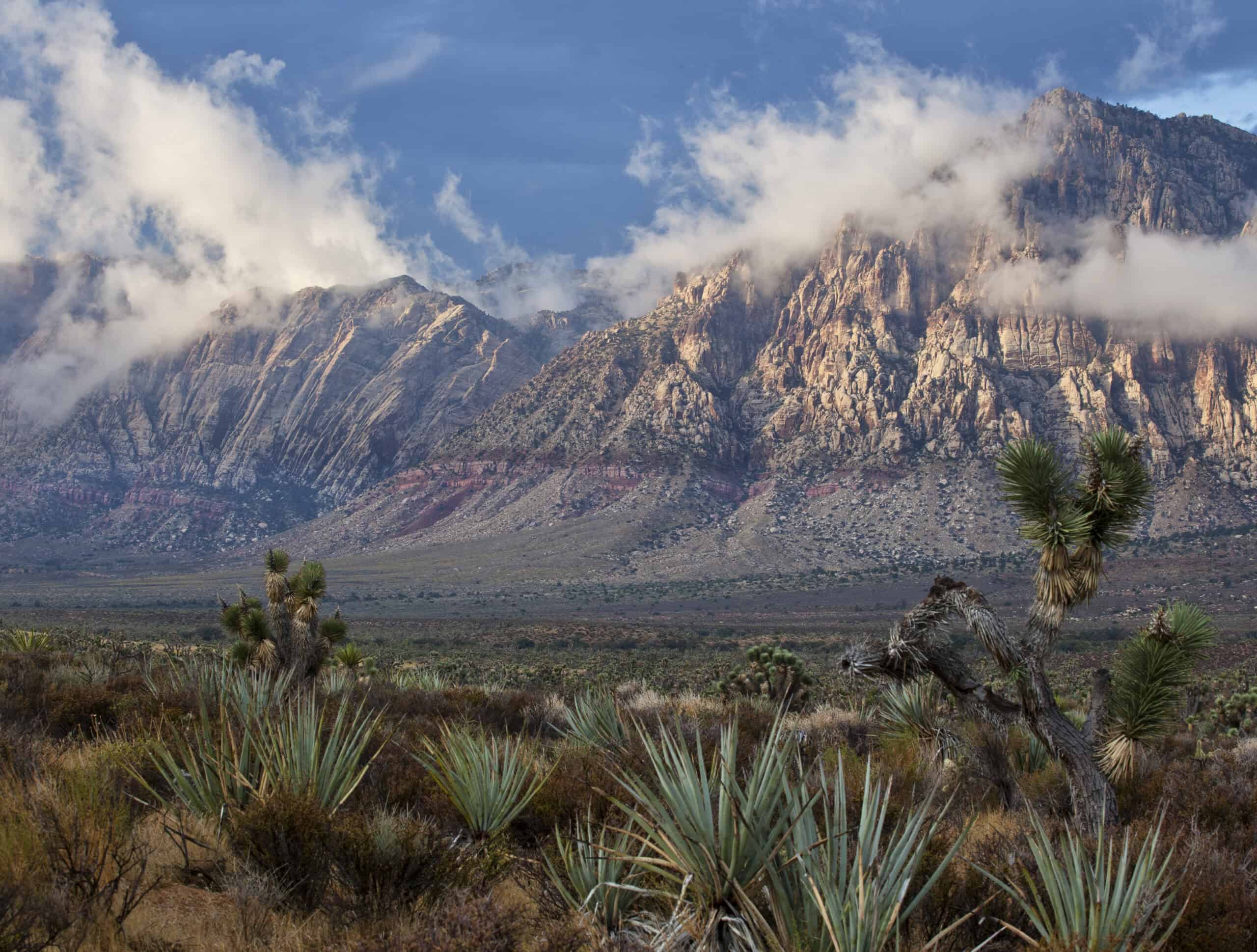Share this article
TWS2020: Angola mammals avoid humans after 30-year civil war
The seasoned trackers sat on special chairs fastened to the front of a jeep moving slowly through the savannas of Angola’s Luengue-Luiana and Mavinga national parks. They eyed the ground in front of them for animal prints as the jeep crawled along, never more than 8 miles an hour and never at high noon. The San trackers, members of southern Africa’s oldest ethnic group, were experts at spotting wildlife tracks in the dirt roads that transected the research area. Shadows usually allow the prints to stand out to observers. But the lack of shadows in the middle of the day made it nearly impossible for even the experienced trackers to make out a paw or hoof print.
Enlarge
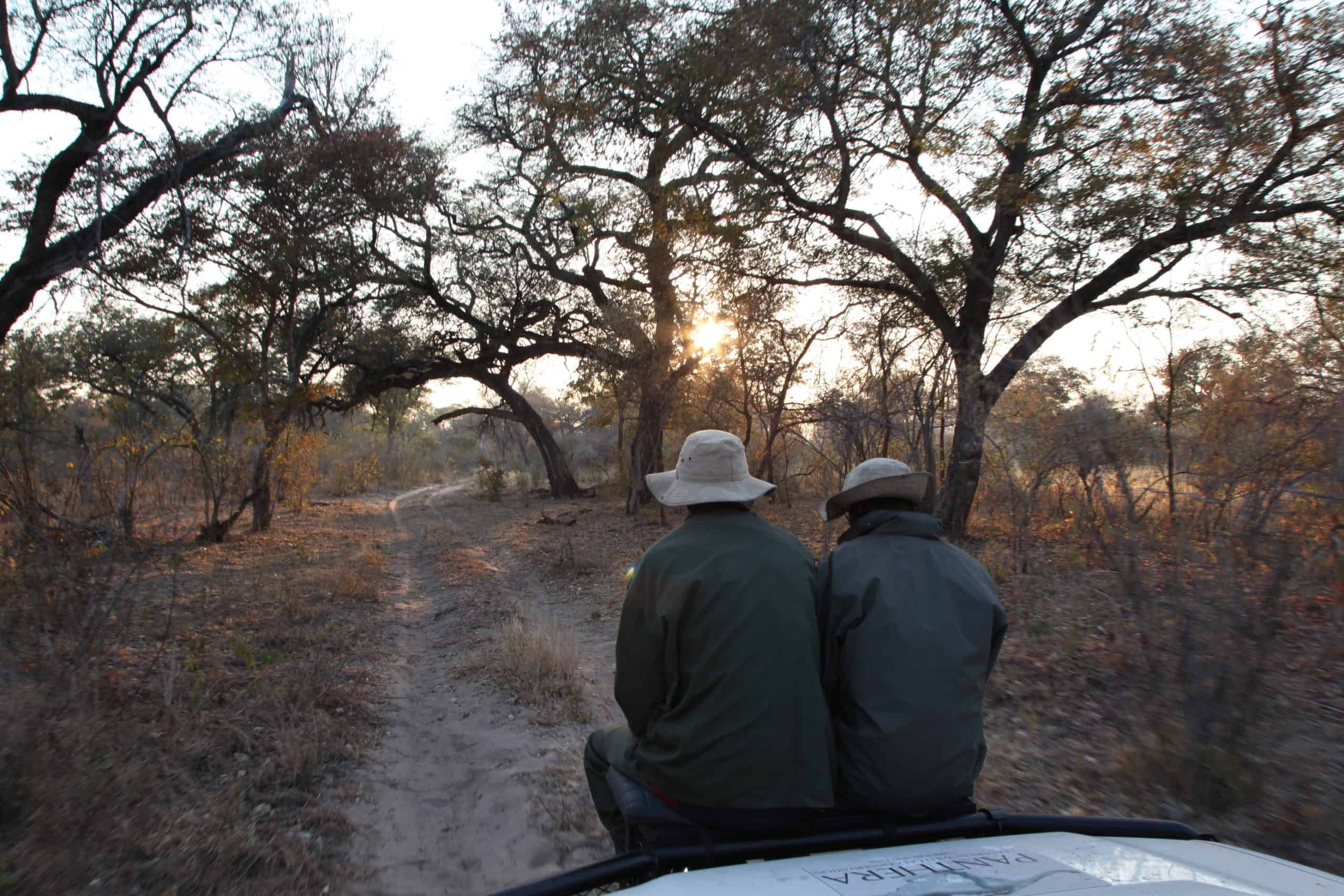
Credit: Philipp Henschel/Panthera
The trackers were part of a group of researchers from Panthera, an organization dedicated to conserving big cats. They were attempting to determine the presence of large mammals on the landscape in the two national parks in Angola and what areas were richer in biodiversity than others. They found that after three decades of civil war, mammals in Angola behaved contrary to normal expectations. While they expected to see the mammals congregating around areas with standing water, instead, large mammals actually appeared to be avoiding these areas due to human activity.
“In areas that have experienced civil war such as Angola, even after civil unrest ends, there are still long-lasting impacts on wildlife,” said Lisanne Petracca, now a postdoctoral researcher at the University of Washington and one of the scientists involved in ongoing research featured this week at The Wildlife Society’s virtual 2020 Annual Conference.
At nearly 85,000 square kilometers, the neighboring parks represent the largest contiguous national park system in any African country. But since the parks also border national parks in Botswana, Namibia, Zambia and Zimbabwe, it’s part of the expansive Kavango-Zambezi Transfrontier Conservation Area that covers more than 500,000 square kilometers in southern Africa — the largest transfrontier conservation area in the world.
In Angola, despite the national park protection in 2011, humans remain present in the parks. Though illegal, killing animals for bush meat or traditional medicine is widespread in the national parks, partly due to limited funding and resources for protection. Poaching African bush elephants (Loxodonta africana) for ivory still happens in some areas. Panthera wanted to see where best to spend limited conservation dollars.
Enlarge
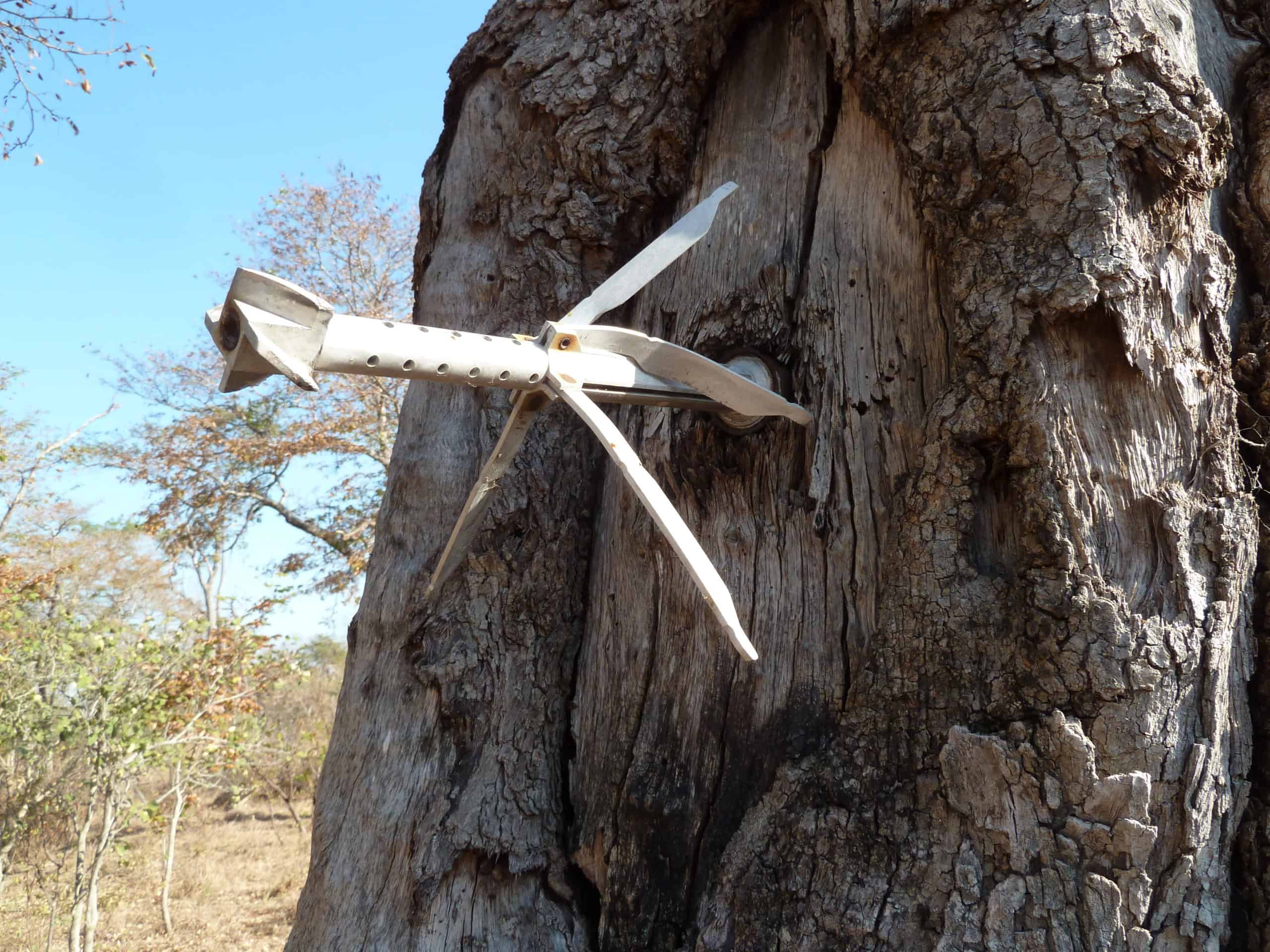
Credit: Philipp Henschel/Panthera
The researchers ran 15-kilometer transects through a number of grid cells measuring 225 square kilometers of territory in the two national parks. Altogether, they drove 3,312 kilometers of transects in the Cuando Province of Angola, which saw some of the heaviest fighting in the war, said Philipp Henschel, Regional Director of West and Central Africa of Panthera and one of Petracca’s collaborators in the research. In fact, the only other non-governmental organizations active in the area were mostly demining teams trying to clear the roads and dirt tracks connecting the settlements, he said.
“The area was still not entirely cleared from mines, however, and a year before our survey started a local farmer had lost both legs to a mine,” Henschel said. So the survey team surveyed only along tracks that had supposedly been cleared by demining teams. At nightfall, they collected firewood for their campsites, sometimes coming across things left over from the war. In some cases, they even had to shift campsites when they found objects like rockets from a grenade launcher — like the one pictured above — protruding from a tree. That indicated the area experienced heavy fighting and may still have unexploded ordinance or mines from the Angolan Civil War.
Enlarge
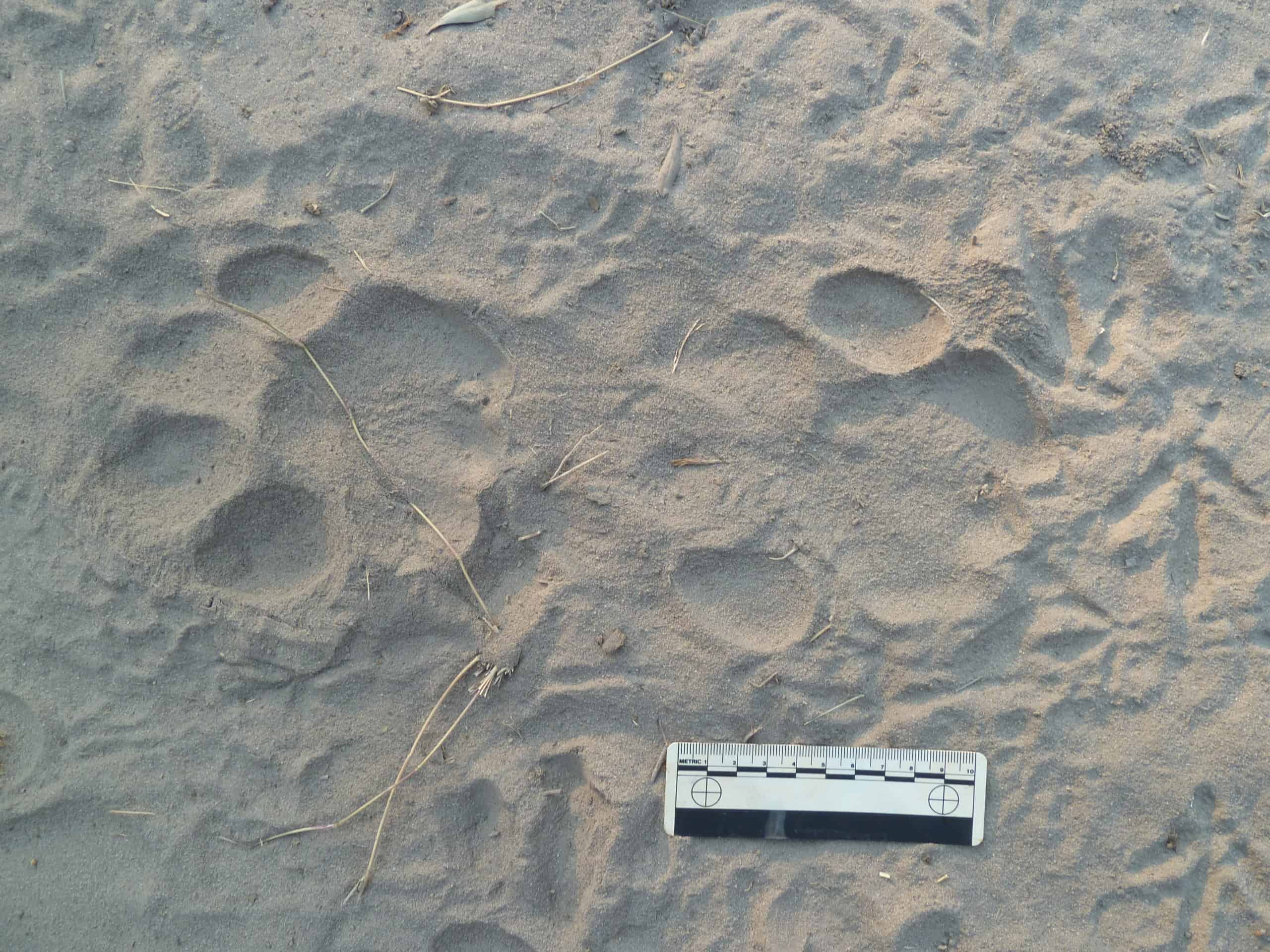
Credit: Philipp Henschel/Panthera
Every time the San rangers saw a print on the road, such as the one left from the lion pictured above, the jeep would stop, so the team could identify the mammal that made them.
“These aren’t your typical asphalt roads. These are sandy soils and clay. It’s much easier to pick up on animal signs on that kind of substrate,” said Petracca, who was a conservation scientist with Panthera and a PhD candidate at the State University of New York’s College of Environmental Science and Forestry in Syracuse at the time of the study.
Enlarge
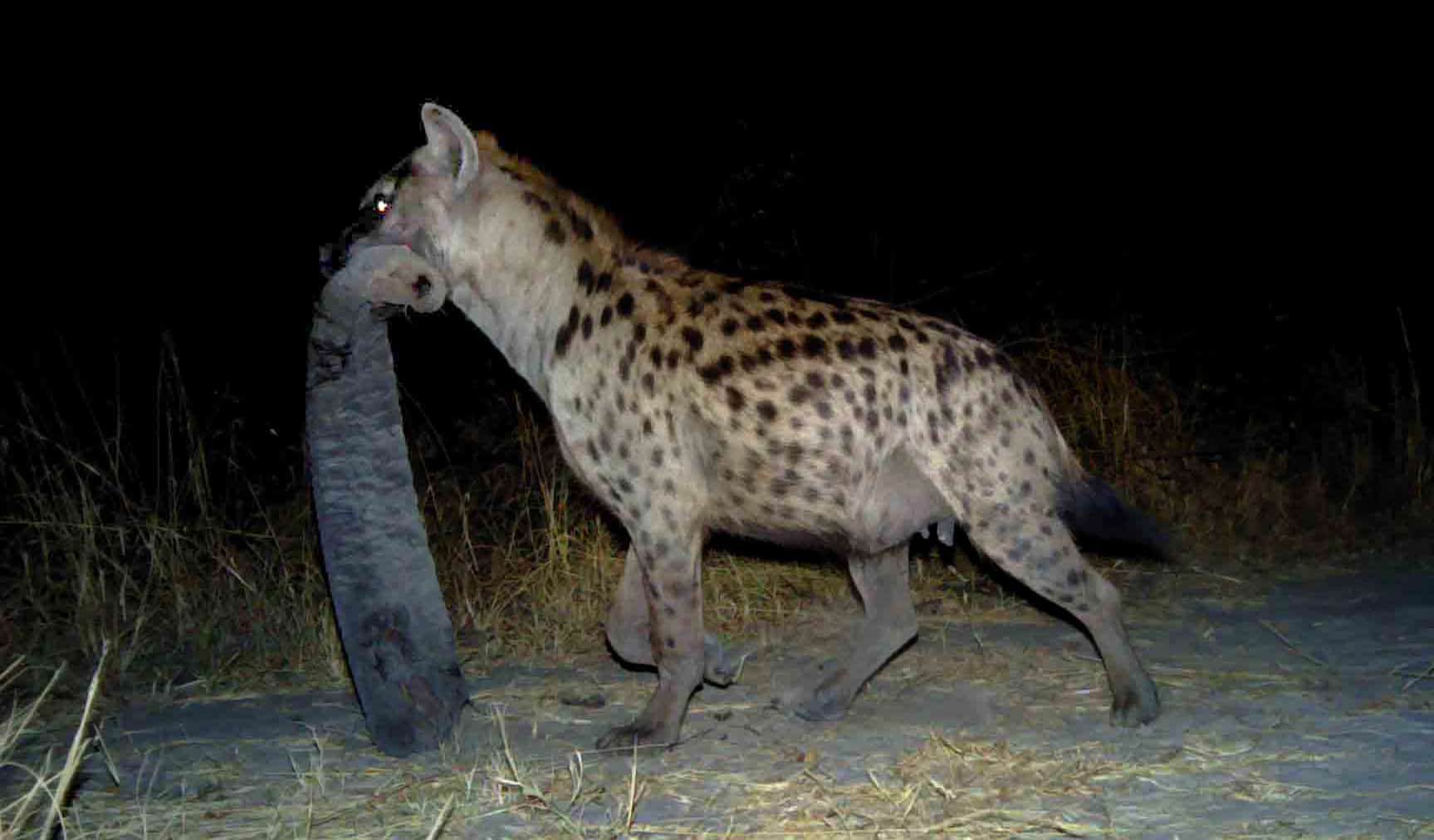
Credit: Panthera
They recorded tracks from 13 different mammal species, including five large carnivores: spotted hyenas (Crocuta crocuta) like the mother above carrying an elephant trunk likely cut off by poachers while removing tusks back to its den to feed cubs, cheetahs (Acinonyx jubatus), leopards (Panthera pardus), lions (Panthera leo), and wild dogs (Lycaon pictus); and six large herbivores: buffalo (Syncerus caffer), elands (Taurotragus oryx), elephants, giraffes (Giraffa giraffe), roans (Hippotragus equinus) and sables (Hippotragus niger).
Once they mapped out the sightings and ran models, they uncovered some surprising trends. In most situations, researchers found that mammals tend to be present in areas that have surface water or vegetation cover. But the biggest factor on the landscape in the Angolan national parks that affected where the mammals were most commonly found was the absence of humans
“The main drivers are human related,” Petracca said. “There were more mammals basically where you had less human signs, where you were closer to other protected areas and the farther you got from human settlement.”
Researchers believe this is likely a relic of the Angolan Civil War, which lasted roughly from 1975 to 2002. During this period, humans made wide use of the resources in the area, fishing, cutting trees and hunting animals for bush meat. This damage, much of which continues today as humans still live there, is so extensive, researchers couldn’t even model zebra (Equus quagga) and kudu (Tragelaphus strepsiceros) populations in the area because poaching had driven their numbers so low.
Enlarge
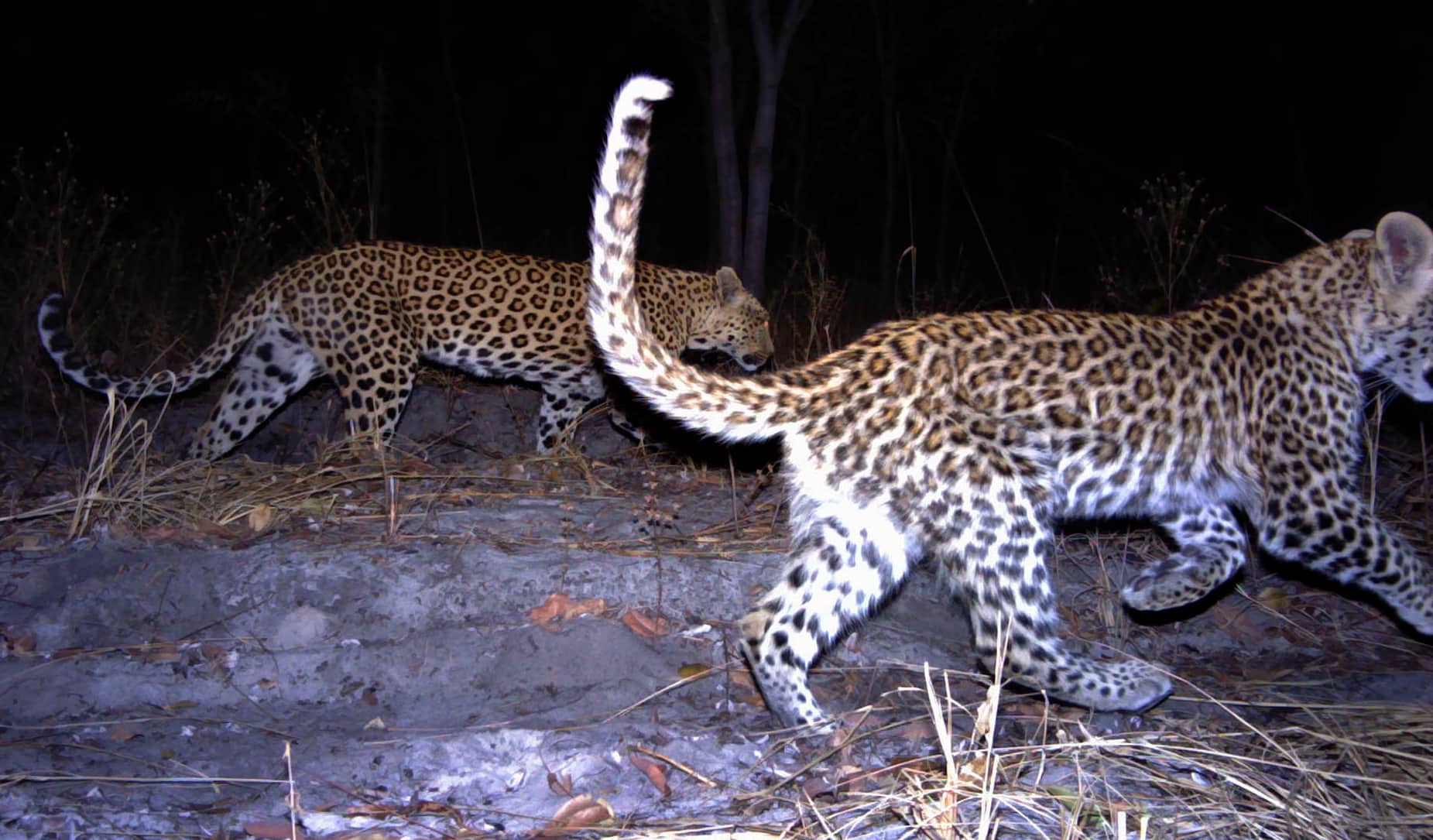
Credit: Panthera
The human presence remains extensive — Petracca said researchers mapped more than 500 settlements. Most are also near water, which people collect for drinking, bathing and use for laundry. Not all mammals avoided humans to the same extent. Leopards, for example, seemed more tolerant of humans. But this human presence likely drove another surprising discovery — mammals were not found regularly near water. Henschel said this means that many animals are condemned “to eke out a living in the driest parts of the landscape” as a result of human presence.
Enlarge
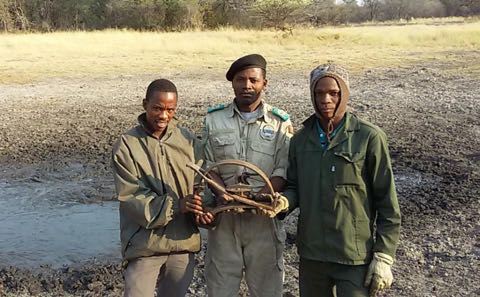
Credit: Panthera
Bush meat poaching is still a problem. The surveys observed 83 incidents of bush meat poaching and 19 mammals and one python having been hunted or trapped using techniques like the gin trap pictured above. In the photo, trackers and a game scout from Angola’s National Institute for Biodiversity and Conservation Areas hold the trap.
“Bush meat hunting was widespread in the complex,” Petracca said.
Work like this is critical in figuring out which parts of the national parks might be best to increase protection in a country with limited funds, she said. “The vast network of protected areas within Africa are underfunded,” Petracca said.
In one example, the researchers found that most of the diversity was concentrated in the southeast of the park — an elephant poaching hotspot. “Elephant poaching is occurring in essentially the best habitat,” she said, but focusing more protection in these areas can help stem some of these losses.
Partnerships between the government and conservation organizations like Panthera can help reverse the decline of biodiversity in some areas, Petracca said. Two so-called “Intensive Protection Zones” of 1,000 square kilometers each have been created in the parks, giving jobs to nearly two dozen people to protect wildlife.
Enlarge
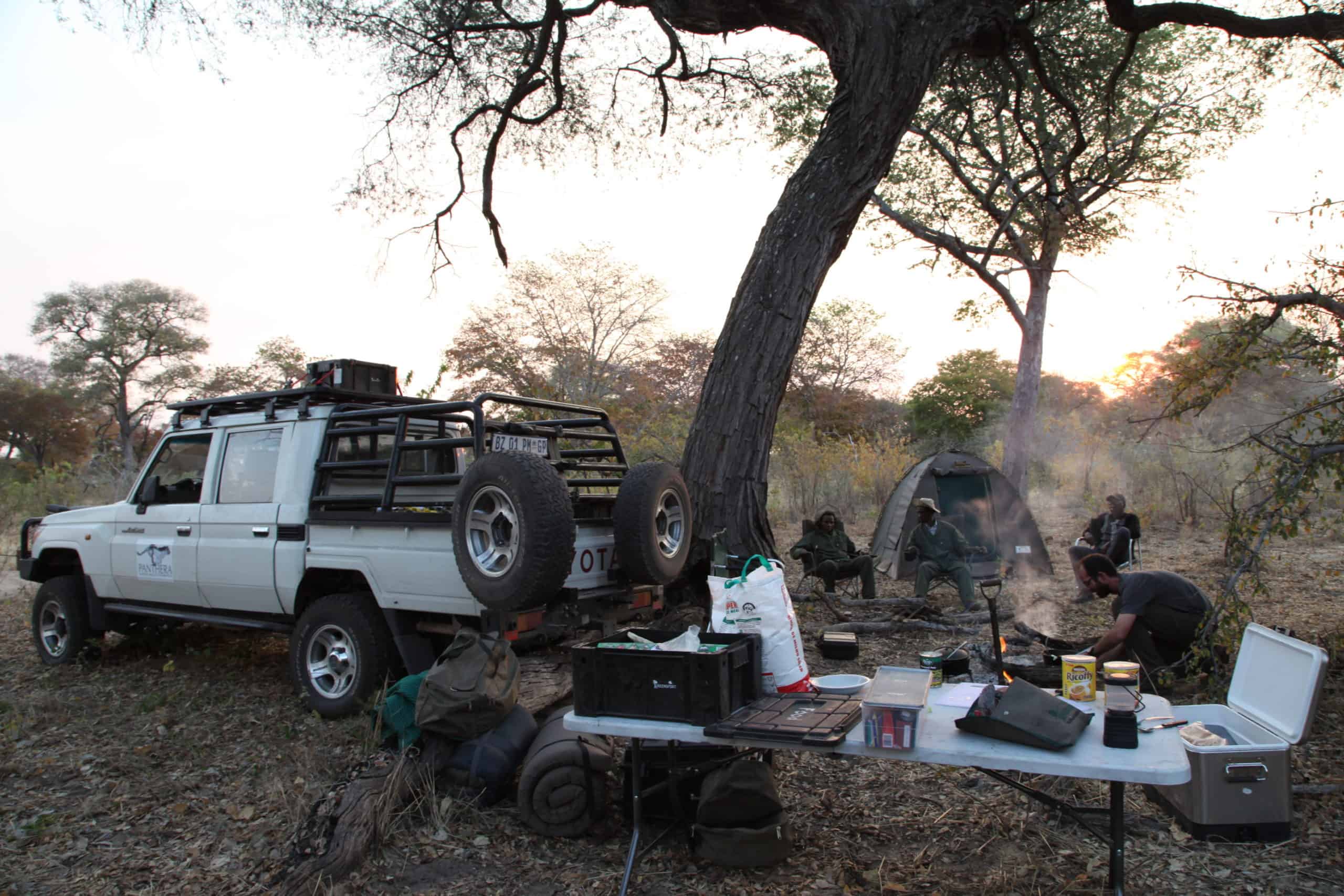
Credit: Philipp Henschel/Panthera
Conference attendees can visit office hours for this contributed paper on Wednesday, Oct. 1 from 3 p.m. to 4 p.m. to learn more and ask questions. A video recording of the presentation will be available starting Monday, Sept. 28.
This photo essay is part of an occasional series from The Wildlife Society featuring photos and video images of wildlife taken with camera traps and other equipment. Check out other entries in the series here. If you’re working on an interesting camera trap research project or one that has a series of good photos you’d like to share, email Joshua at jlearn@wildlife.org.
Header Image: A male Angolan lion walks by a camera trap. Credit: Panthera



